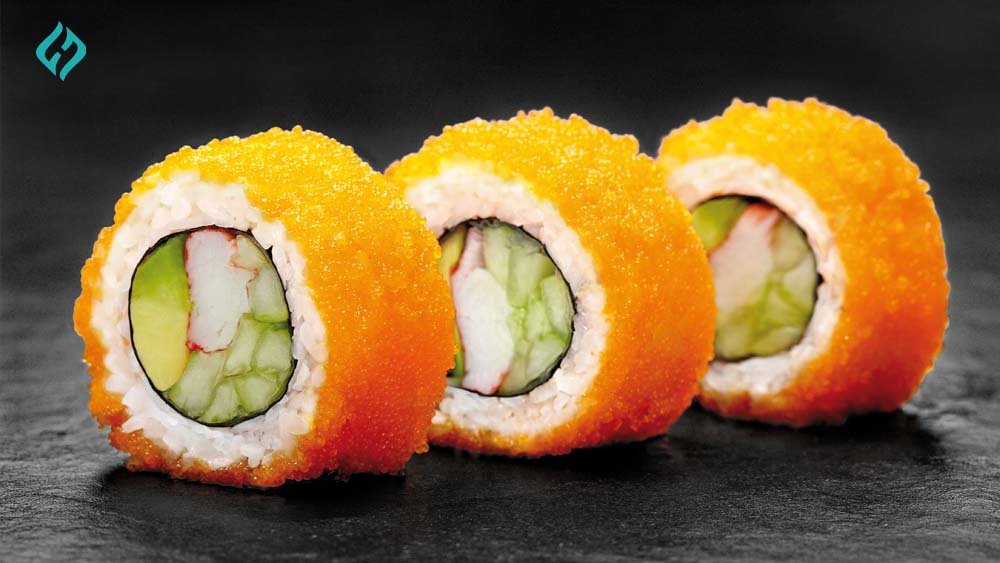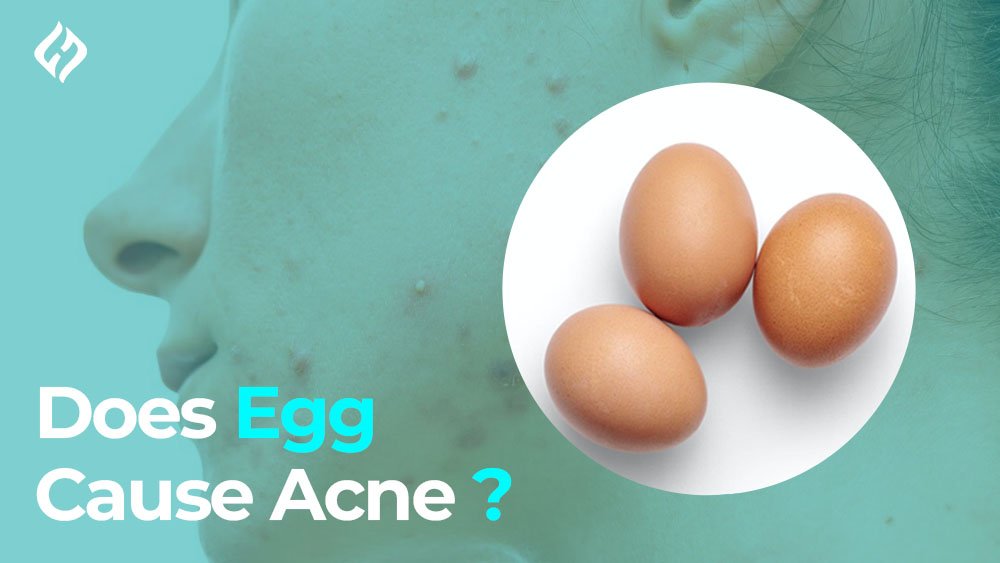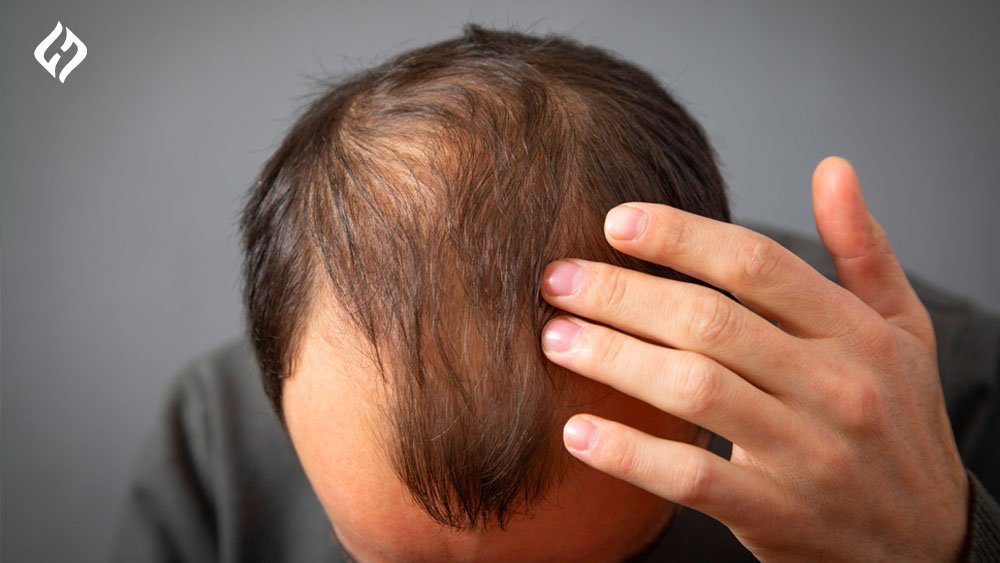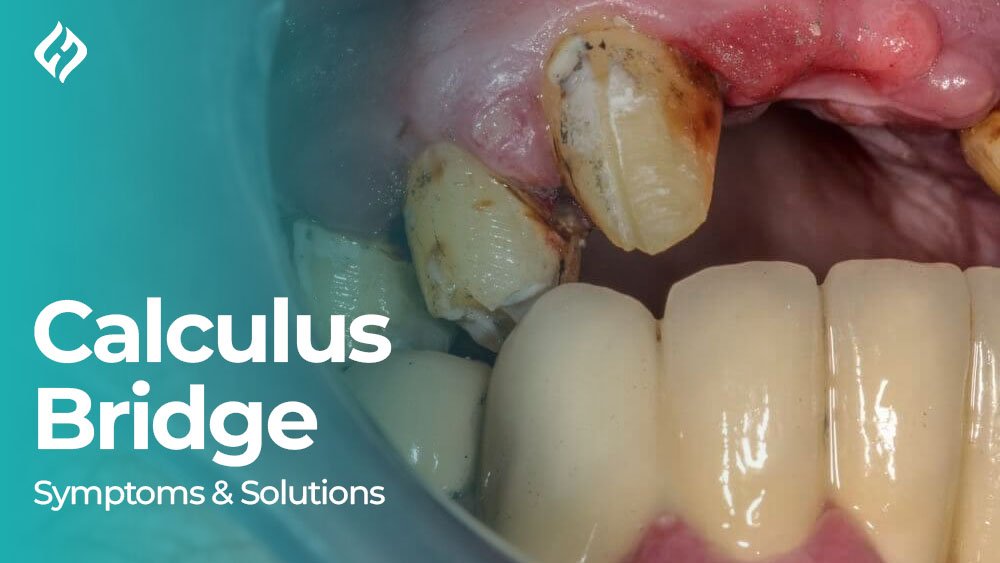Masago or Masago Sushi is a type of Fish Egg that is the most common ingredient in Japanese cuisine. It is made with the eggs of capelin fish. These fishes are so small and found in the North Atlantic, North Pacific, and Arctic oceans.
History of Masago or Masago Sushi
According to history,masago was commonly known as masago and bait. It is also called masago sushi because it is used in sushi, which began to rise in the mid-20th century. It is mostly present in Japan, where it has become a sought-after garnish for sushi rolls.
With time, it has spread all over the globe, and it has become so bright due to its color and delicate texture.
Which is mostly used in rolls like the California roll. Now,masago is recognized all around the globe, with some countries most commonly in Asia and the West.
What is Masago in Sushi?
Masago has another name and is also known as capelin roe or smelt egg, and it is a popular seafood that arises from the capelin fish.
It is a small species that is found in cold water of the North Atlantic, North Pacific, and Arctic oceans. These are very small and vibrant orange eggs that are specially used in Japanese cooking.
They maintain both flavor and color in dishes like sushi, and they have nutritional benefits, which makes them excellent for balancing a diet.
Capelin fish is a member of the smelly fish. It is about the size of a sardine, and it is a crucial food source for marine animals like whales, puffins, and Atlantic cod.
Humans mostly use the capelin roe, and it plays an important role in feeding animals and fishing bait. But in reality, masago comes just because of its briny flavor and crunchy texture.
Masago vs. Tobiko
Masago and tobiko both have similar functions in sushi, and it has both types of sushi. There are many common differences between the two.
Tobiko is derived from the flying fish and is commonly a large fish. It has a firmer texture and more vibrant transparency.
It becomes more crunchier than masago, which has a fine texture with less noticeable crunch. If we discuss flavor, they both have a briny taste, but tobiko has a more pronounced fishiness just because of the larger size of its eggs.
Masago is smaller than tobiko, and it has a more subtle flavor, which makes it a main ingredient in dishes, but it needs a delicate touch.
Due to its smaller size,masago is not so expensive and is most affordable. It makes its most popular replacement of tobiko in sushi rolls and other delicious dishes.
Use of Masago in Sushi or Kitchen
Like masago sushi,masago is used in many dishes, from seafood pasta to salad and dips. It adds a briny flavor and crunch to it. It is commonly dyed orange in appearance, but its color is red or green.
It enhances the visual appearance of a dish, and its usefulness makes it a favorite in kitchens all around the world.
Masago Health Benefits
Masago is also known as capelin roe, and it is not just used as a delicious topping for sushi but is also full of nutritional food.
These small eggs give a variety of benefits for human health, which include heart health and vision, and it is very good for the development of muscles.
1. Supports Heart Health
Masago is a very superb source of omega-3 fatty acids such as DNA and EPA.
These useful fats help to produce hormones that regulate blood circulation, reduce the inflammation of the walls of arteries, and support the health of the heart.
We see that the regular use of Omega 3-rich food lowers the risk of heart disease by reducing blood pressure.
2. Promotes Eye Health
Omega 3 fatty acids also play a vital role in healthy eyes. They are an integral part of the retina of the eye, which is essential for clear vision.
Omega 3 in massage is very beneficial for children’s eyesight. It also reduces the risk of eyesight later in life.
3. Strengthens Bones
Masago has vitamin D, which is a very good nutrient for the absorption of calcium and for one’s health. Vitamin D in masago helps to reduce the risk of bone loss and protect you from fractures.
Individuals with the risk of osteoporosis, which is a disease of bones, become a natural supplement for maintaining the strength and health of bones.
4. Reduce the symptoms of ArthritisArthritis
The anti-inflammatory properties that are present in masago can be most helpful for individuals who experience arthritis.
Regular intake of masago helps to reduce the inflammation that runs throughout the body. It also relieves joint pain, which is associated with arthritis.
5. Boost immune system
Masago is full of selenium, an antioxidant mineral that is very useful for the immune system. Selenium in masago supports the body against stress and supports thyroid function.
A common use of selenium means masago reduces the risk of several chronic conditions such as cancer and ArthritisArthritis.
6. Ideal for pregnant women
Masago is essential for the healthy development of the fetus during pregnancy.
Because its mercury level is very low compared to larger fish, it is good for pregnant women.
Nutritional Breakdown of Masago
You have to know the message’s nutritional breakdown before you eat it.
- Calories:20
- Proteins: 3 grams
- Fat: 1 gram
- Carbohydrate:0 grams
- Fiber: 0 grams
- Sugar: 0 grams

Nutritional Benefits of Masago
Low Calorie, High Protein, and Packed with Nutrients
Masago is a nutrient-rich food which is rich in omega-3 fatty acids. It is good for heart health, and Vitamin B12 is good for energy generation. Masago is an important source of Protein and contains important minerals like selenium and zinc, which support immune function.
Masago is rich in sodium, and it’s good for blood pressure, and it munches it in moderation. It is a superb source of Protein. If you take just a tablespoon of 1-2 grams of Protein, it becomes a great option for your health and fitness.
Masago is a very good source of nutrients which are low in calories. Just once, which includes 28 grams of this seafood, offers a bundle of nutritional benefits.
It contains mainly:
- Calories: 40
- Fat: 2 grams
- Protein:6 grams
- Carbohydrates: less than 1 gram
- Vitamin C:7%of the daily value
- Vitamin E:10% of the daily value
- Riboflavin(B12):12% of the daily value
- Vitamin B12:47% of the daily value
- Folate:6 % of the daily value
- Phosphorous: 11% of the daily value
- Selenium:16 % of the daily value
Masago is rich in vitamin B12.It is a very good source of omega-3 fatty acids, which contain polyunsaturated fats.
These fats play a vital role in reducing inflammation, and they support the immune system and the health of the heart, maintain the balance of hormones, and regulate the function of the lungs.
A 14 gram of masago contains the following nutrients:
- Calories: 20
- Protein: 3 grams
- Fat: 1 gram
- Carbohydrates: 0 grams
- Fiber: 0 grams
- Sugar: 0 grams
Masago is very rich in nutrition, which makes it a healthy addition to our diet.
Masago vs. Caviar: How Do These Fish Eggs Compare in Taste and Health Benefits?
Both masago and caviar are fish eggs, but they have some common differences. Caviar is made up of sturgeon roe. It has a very delicate taste, with a briny flavor and a creamy texture.
Meanwhile, masago is sweet, and its texture is much crunchier than that of caviar. Masago is low in calories as compared to caviar.
Masago is not as expensive as caviar. Everyone can afford masago easily. People enjoy the benefit of fish roe without taking the tension of its price.
5 Lesser-Known Masago Benefits
Except for the benefits of Protein and omega 3 in masago,masago has several other known health benefits of health:
Boosts Immune Function: Masago is rich in selenium, which supports a healthy immune system.
Improve Skin Health: The omega-3 fatty acids in masago help improve the skin.
Enhance Metabolism: The protein fatty acids in masago enhance the metabolic process, which is helpful for weight management.
Promotes Healthy Hair: The vitamin B12 in masago supports the health and growth of hair.
Helps Bone Health: Masago contains calcium and phosphorus, which are beneficial for the strength of bones.
Masago and Its Role in Traditional Sushi: How Chefs Use Capelin Roe to Elevate Flavor?
Chefs use masago as a garnish for sushi rolls. It has a crispy texture and a salty flavor, and it has creamy ingredients like avocado crab.
They use them in sauces, dips, and other seafood dishes, which provide texture and flavor.
How Masago Fits into a Balanced Diet?
When you add a masago to your diet, its profile is full of nutrition, making it good for anyone who seeks a low-calorie diet, and it is rich in Protein.
The omega-3 fatty acids in masago support the health of the heart, and its calcium and phosphorus make the bones strongest. Its sodium level will also affect your daily salt intake.
Masago’s Potential Health Risks: What You Need to Consider Before Adding It to Your Diet
Masago is safe to use, and it has a few things that we have to consider before adding it to our daily routine:
Sodium Content:
You have to know that masago is relatively rich in sodium.so people with a problem of hypertension don’t add this to their diet.
Allergic Reactions:
Some people feel an allergy to eating fish; they see symptoms after eating fish, like swelling, inflammation, or difficulty in breathing. They can’t breathe properly because they are eating fish.
Mercury Levels:
The mercury level of masago is lower than that of other fish like tuna. It is beneficial for pregnant women because it is good for the growth of the fetus.
Masago and Mercury: Is It Safe to Eat Regularly?
Like many fish,masago also contains mercury, but its mercury level is lower than that of other larger fish. Because the capelin is a small fish, its mercury level has stayed low all over his life. Some people eat masago regularly but don’t take any health risks due to its low mercury level.
Environmental Impact of Masago
The average or health level of masago depends on the way in which the capelin is harvested. The extra level of fishing of the roe fish increases the risk of environmental impacts.
Keep in mind that masago is harvested ethically and certified by organizations such as the Marine Stewardship Council(MSC). Masago supports environmental health and protects the lives of marine ecosystems.
Sushi recipe with Masago
Here is a simple recipe for a masago sushi roll that you made at home.
Masago Sushi Roll
Masago sushi roll is a very simple recipe. Here are the ingredients and the steps that you have to follow to make the masago sushi rolls.
Ingredients:
- 1 small sheet of nori
- 50 kg sushi rice
- 1/4 slices of avocado
- 40g of masago
- A small bottle of soya sauce (It is optional. If you don’t want its taste, don’t add it)
Steps which you have to follow for making masago rolls
1. Prepare the rice for rolls: Cook the rice and cool it by spreading it on the nori sheet.
2. Add the filling: Place the slices of avocado (which you have sliced the avocado before) between the rice.
3. Roll the sushi: Roll the sushi from the bottom and take some water to seal the edges of the nori.
4. Top with Masago: Once you complete the roll, spread the masago over the roll.
5. Slice and Serve: Cut the roll into several pieces and serve it with the soya sauce.
The summary or the bottom line
Masago os masago sushi is a roe fish that is usually used in making sushi. It is full of Protein and omega-3 fatty acids, which are beneficial for heart health, as well as vitamins, including B12 and selenium.
It is high in sodium, so people with heart disease and who have faced the problem of high blood pressure should take it at a moderate level. People who experience allergic reactions when eating fish should avoid masago.
Always check the ingredients before eating, like salt or MSG, which is present in masago.In the short form, the masago is nutritious and full of flavor in addition to the diet.
Also Read: Tobiko: Discover the Vibrant Flying Fish Roe and Its Uses
















One Response